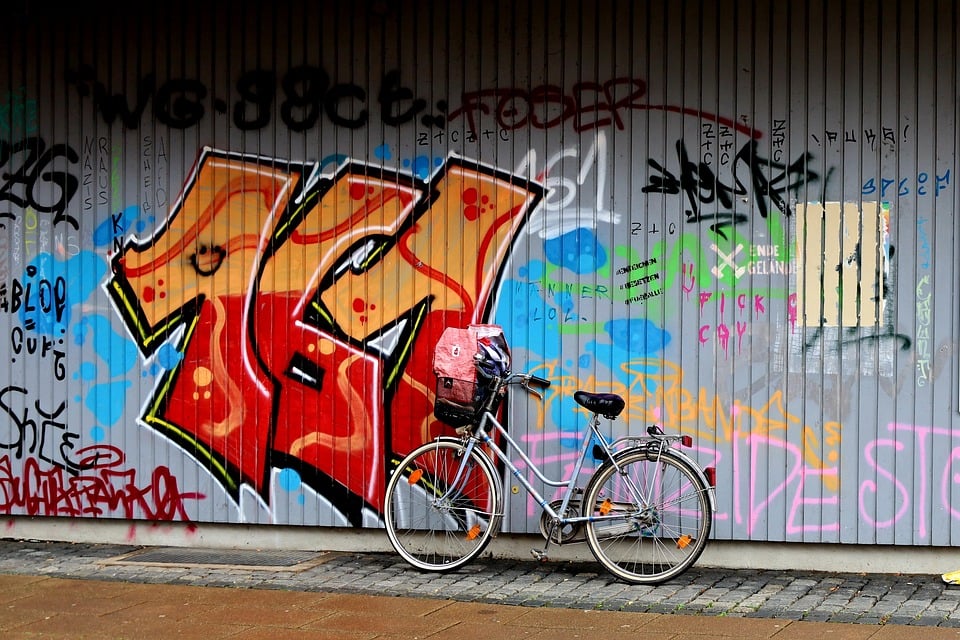The Rise of Digital Art: A Look into the Future
In recent years, the art world has seen a significant shift towards digital art. With technological advancements and the rise of social media platforms, digital art has become more accessible and popular than ever before. Artists are now able to create stunning pieces using digital tools and software, allowing for endless possibilities and creativity. In this article, we will explore the rise of digital art and what the future holds for this rapidly growing medium.
The Evolution of Digital Art
Digital art has been around for decades, but it wasn’t until the last few years that it truly started to gain traction in the mainstream art world. With the development of digital art software such as Adobe Photoshop and Illustrator, artists were able to create intricate and detailed pieces using a computer and a digital pen. This opened up a whole new world of possibilities for artists to experiment and push the boundaries of traditional art forms.
One of the key factors driving the rise of digital art is the widespread use of social media platforms such as Instagram, Twitter, and Facebook. Artists are now able to easily share their work with a global audience, gaining exposure and recognition in ways that were not possible before. This has led to a democratization of the art world, with artists from all backgrounds and skill levels able to showcase their work to a wide range of people.
The Impact of NFTs on Digital Art
Another major factor contributing to the rise of digital art is the rise of non-fungible tokens (NFTs). NFTs are a type of digital asset that represents ownership of a unique piece of art, music, or other digital content. By using blockchain technology, artists are able to create and sell their digital artwork in a secure and transparent way, with each piece being authenticated and verified as genuine.
The emergence of NFTs has revolutionized the way digital art is bought and sold, with artists now able to monetize their work in ways that were not possible before. This has created a new market for digital art, with collectors and investors flocking to buy and trade NFTs from their favorite artists.
The Future of Digital Art
As we look to the future, the possibilities for digital art are truly endless. With advancements in technology such as virtual reality (VR) and augmented reality (AR), artists are able to create immersive and interactive pieces that engage the viewer in new and exciting ways. Imagine walking through a virtual art gallery, experiencing art in a whole new dimension, or interacting with a piece of digital art in real-time.
In addition to VR and AR, artificial intelligence (AI) is also playing a major role in the future of digital art. AI algorithms are now being used to create stunning pieces of art, with artists able to collaborate with machines to produce unique and innovative works. This fusion of human creativity and machine learning is pushing the boundaries of what is possible in the world of art.
One of the challenges facing digital art in the future is the issue of copyright and ownership. With digital art being easily replicable and shareable online, artists are faced with the challenge of ensuring that their work is protected and properly credited. However, blockchain technology and NFTs are helping to address these concerns, providing a secure and transparent way for artists to sell and authenticate their digital artwork.
In conclusion, the rise of digital art is a testament to the power of technology and creativity. Artists are now able to create stunning and innovative pieces using digital tools and software, reaching a global audience in ways that were not possible before. With advancements in VR, AR, AI, and blockchain technology, the future of digital art looks bright and promising. As we continue to push the boundaries of what is possible, we can expect to see even more exciting and groundbreaking artwork in the years to come.
